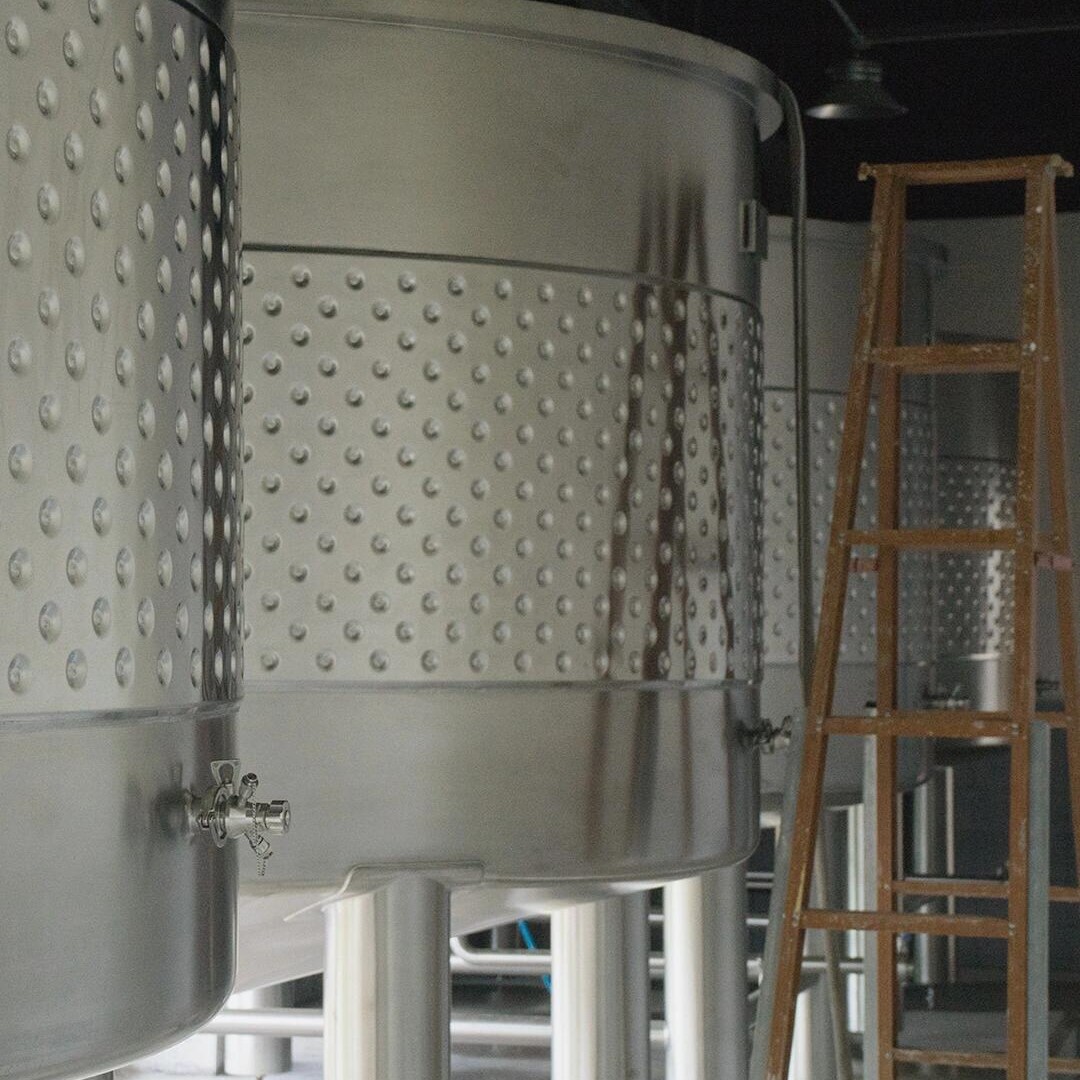Kombucha is a fermented tea beverage made by fermenting sweetened tea with a symbiotic culture of bacteria and yeast (SCOBY). During fermentation, sugars are converted into organic acids, natural carbonation, and trace levels of alcohol. While this is central to kombucha’s flavor and character, it presents regulatory challenges: if alcohol levels rise too high, the drink is legally treated as an alcoholic beverage.
Global Regulations and Market Potential
Regulations defining what is “non-alcoholic” vary across regions:
- United States: Anything at or above 0.5% ABV is considered alcoholic and falls under alcohol regulations.
- Europe: Thresholds differ; some markets set the limit at 0.5%, while others allow up to 1.2%.
- Mexico: Beverages with alcohol levels above the minimum face stricter controls, requiring additional permits and distribution limitations.
- Argentina: Kombucha is treated within the broader fermented beverage category, and exceeding low alcohol thresholds can trigger alcoholic classification.
For producers seeking international distribution, the most practical solution is to ensure kombucha consistently remains below the strictest limits. This simplifies compliance, reduces administrative burdens, and enables broader market access without alcohol-related restrictions.
Professional Pathways to Alcohol-Free Kombucha
Producing alcohol-free kombucha requires more than shortening fermentation time. Professional systems allow brewers to guide fermentation, control alcohol production, and stabilize the product reliably across large volumes.

Fermentation Control
By managing fermentation temperature, alcohol production can be naturally reduced. Automated tanks with precision cooling enable cold contact fermentation, where yeast is slowed while bacteria continue to produce the acids that define kombucha’s flavor. Similarly, arrested fermentation is possible when production vessels are designed for rapid cooling and stable holding conditions, stopping fermentation before alcohol accumulates.
Membrane separation
To prevent re-fermentation during storage, fine microfiltration systems can be integrated into the process. These remove excess yeast while retaining the acids and flavor compounds that make kombucha distinctive. Such equipment ensures that alcohol does not rise during distribution, even when the product remains raw and unpasteurized. Alternatively, membrane filtration technologies such as reverse osmosis separate alcohol from the beverage while preserving sensory quality.
Dealcoholization Technologies
When kombucha naturally exceeds non-alcoholic thresholds, professional post-fermentation solutions are available. Vacuum distillation units remove alcohol at low temperatures, protecting delicate tea aromas.
Summary
Alcohol-free kombucha presents the most convenient path for international producers, reducing compliance costs and widening consumer reach. Achieving this consistently requires precise control of fermentation, stabilization, and, where necessary, professional dealcoholization technologies. By integrating advanced fermentation vessels, filtration systems, and modular dealcoholization units, kombucha makers can reliably produce beverages that comply with the strictest definitions of “non-alcoholic” while protecting flavor and authenticity.
